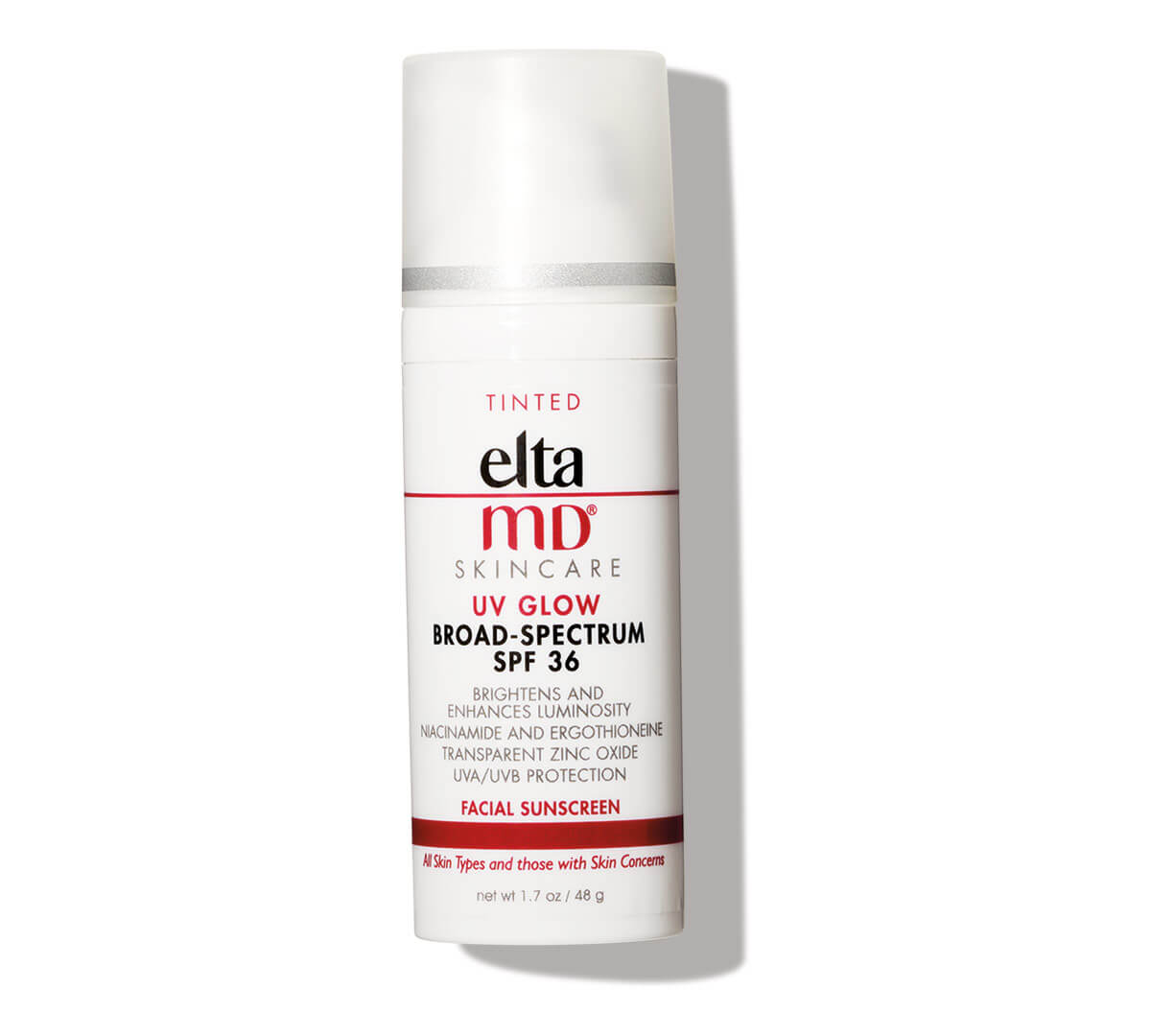
UV Glow Tinted Broad-Spectrum SPF 36 (1.7 oz)

We are located in the North Village Market right behind the Newk’s Eatery restaurant.
Get Directions|
Monday: |
8:00AM - 5:00PM |
|
Tuesday: |
8:00AM - 5:00PM |
|
Wednesday: |
8:00AM - 5:00PM |
|
Thursday: |
8:00AM - 5:00PM |
|
Friday: |
8:00AM - 1:00PM |
|
Saturday: |
Closed |
|
Sunday: |
Closed |

Michaela Overturf, MD, FAAD
General DermatologyCosmetic DermatologySkin Cancer
Accepting New Patients
Looking for a dermatologist in Nacogdoches you can trust? Look no further than U.S. Dermatology Partners Nacogdoches. Our team of dedicated dermatologists is here to help you maintain healthy skin throughout your life, from your early years to your golden years. We offer a wide range of dermatology services, including general dermatology, skin cancer treatments, and cosmetic dermatology. When it comes to top-notch dermatological care in Nacogdoches, Texas, choose U.S. Dermatology Partners Nacogdoches.
Our dermatologist in Nacogdoches is dedicated to providing the highest level of care and service to our patients. We have the knowledge, skills, and technology to treat various skin conditions, including acne, psoriasis, and eczema. Our goal is to relieve or improve symptoms that limit your comfort, health, and enjoyment, ensuring your skin remains healthy.
If you’re dealing with skin cancer, trust our specialized skin cancer procedures. We have achieved exceptionally high cure rates and offer highly effective treatments for melanoma, basal cell carcinoma, squamous cell carcinoma, and other skin cancers. Our treatments are designed to restore and extend your quality of life.
Trust the aesthetic center at U.S. Dermatology Partners Nacogdoches to enhance your skin’s beauty. Our cosmetic services include Botox, chemical peels, dermal fillers, HydraFacial, microneedling, platelet-rich plasma (PRP) therapy, and more. Achieve the radiant, youthful appearance you desire with our expert cosmetic treatments.
Whether you’re dealing with a persistent skin condition, require skin cancer treatment, or seek cosmetic enhancements, our dermatologist in Nacogdoches can help. Don’t hesitate to reach out if you have questions or concerns. Fill out our contact form below to request a call back, and our team will assist you promptly. Your skin’s health is our priority at U.S. Dermatology Partners Nacogdoches. Choose us for expert dermatology care in Nacogdoches, Texas.
For general inquiries or if you would like to request a call back, please click below to fill out our contact form.
Contact Us
UV Glow Tinted Broad-Spectrum SPF 36 (1.7 oz)
